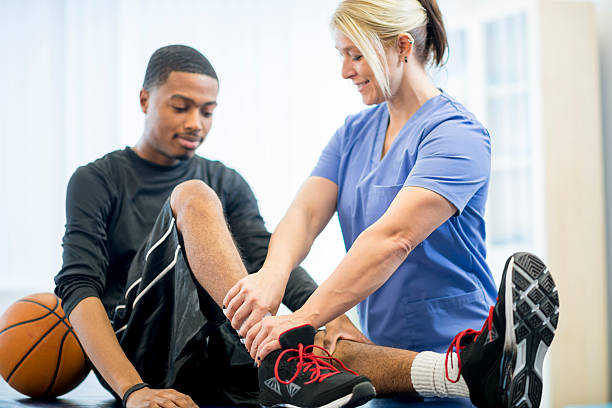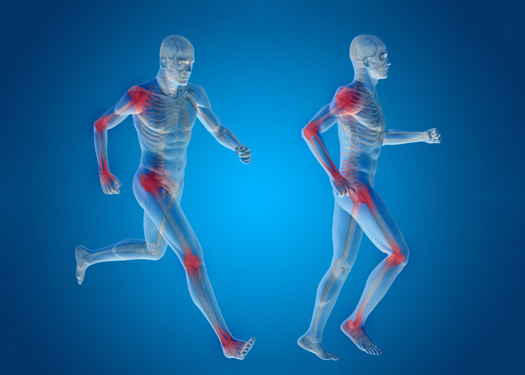Participating in sports and physical activities provides numerous health benefits, but it also comes with the risk of sports injuries. Whether you are an amateur athlete or a seasoned professional, it is essential to understand the common types of sports injuries, how to prevent them, and the available treatment options. In this article, we will explore the world of sports injuries to help you stay safe and enjoy your favorite physical activities.





